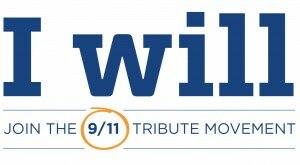 Today’s post comes from Spectra Myers, Manager of Programming and Special Projects at Ashoka’s Youth Venture
Today’s post comes from Spectra Myers, Manager of Programming and Special Projects at Ashoka’s Youth Venture
What seems to be the number one issue shared over the past five years through Youth Venture’s global search for young people tackling challenges?
Education.
Surprised? Probably not, right? Whether you live in Minneapolis like I do or across the globe in India, chances are you care a lot about how your community supports its young people through our schools.
The Staples Youth Social Entrepreneur Competition (YSE) receives hundreds of entries every year allowing us to keep a pulse of what issues matters most. But, more importantly, it allows us to meet youth from around the world that are doing to most to address issues like educational inequality – people like Jithin Nedumala, a YSE winner from 2008.

Jithin (left), Michelle Obama (center), and MAD teammates (right) during MRs. Obama's visit to Make a Difference in 2010.
Jithin is the founder of Making a Difference (MAD), a Venture that brings young people working amongst orphans and underprivileged children to prepare them with basic life skills and a quality education. Jithin has since grown MAD intoIndia’s largest youth volunteer network. I met him inBoston back in 2008 at our annualSummit and it is such a joy to share his journey:
“When we won the competition we were only teaching English to our children in one city… Currently we work in 17 cities in India with over 1000 teachers teaching 3000 children. We plan to reach out to 10,000 children in the coming year.”
If you’re looking to develop a global perspective you’ll be excited to hear about the YSE grand prize – a Round the World Learning Tour with Youth Venture. Maybe you’ll get to meet Jithin or one of the thousands of other young people working around the globe to change our world.
The four winners in this year’s YSE competition will receive a $500 cash prize and an all expenses paid trip to Techonomy, an elite conference held inTucson,Arizona from November 13-15, 2011. Leading technology innovators at the conference will help select the grand prize winner (P.S. last year one of our teams met Bill Gates at the conference)!
So, if you have a brand new idea or have been making a difference for years, I need to hear your perspective. Check out our guidelines and rules for more information, and apply by September 9, 2011! http://ashokayouthcompetition.org/.
Spectra Myers works for Ashoka’s Youth Venture in the Twin Cities and manages national and international competitions. A graduate of Macalester College with a BA in Cultural Anthropology and Religious Studies. She has been slapped by a monkey in Bali, repelled down a waterfall in Brazil, found the best canned coffee in Japan, and served up fries with a smile at the Minnesota State Fair.


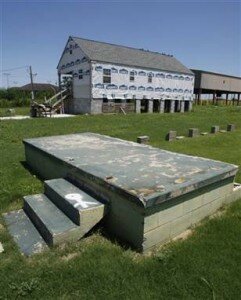 Hardest hit was New Orleans, where homes were uprooted from their foundations and tossed aside as if they were made of match sticks. Entire neighborhoods left as ghost towns because either the residents decided to permanently relocate or had no resources to get down to the work of rebuilding. Streets that vibrated with life in the evening were now dark because the streetlights and residents that lit up the neighborhoods were gone.
Hardest hit was New Orleans, where homes were uprooted from their foundations and tossed aside as if they were made of match sticks. Entire neighborhoods left as ghost towns because either the residents decided to permanently relocate or had no resources to get down to the work of rebuilding. Streets that vibrated with life in the evening were now dark because the streetlights and residents that lit up the neighborhoods were gone.
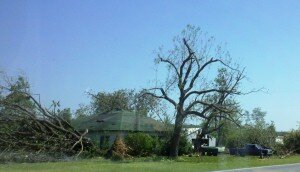
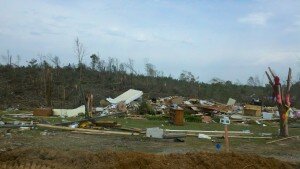
 When you’re trying to engage youth in volunteering and service learning programs, it’s important to respect the skills and viewpoints that they can bring to the table. Positive relationships depend on mutual respect.
When you’re trying to engage youth in volunteering and service learning programs, it’s important to respect the skills and viewpoints that they can bring to the table. Positive relationships depend on mutual respect. Several factors make a big difference in whether an agency’s efforts in service learning are effective.
Several factors make a big difference in whether an agency’s efforts in service learning are effective.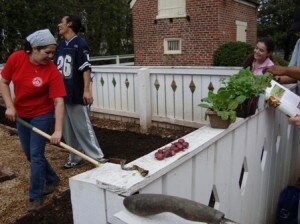 When done well, service learning has the potential to benefit everyone involved.
When done well, service learning has the potential to benefit everyone involved.